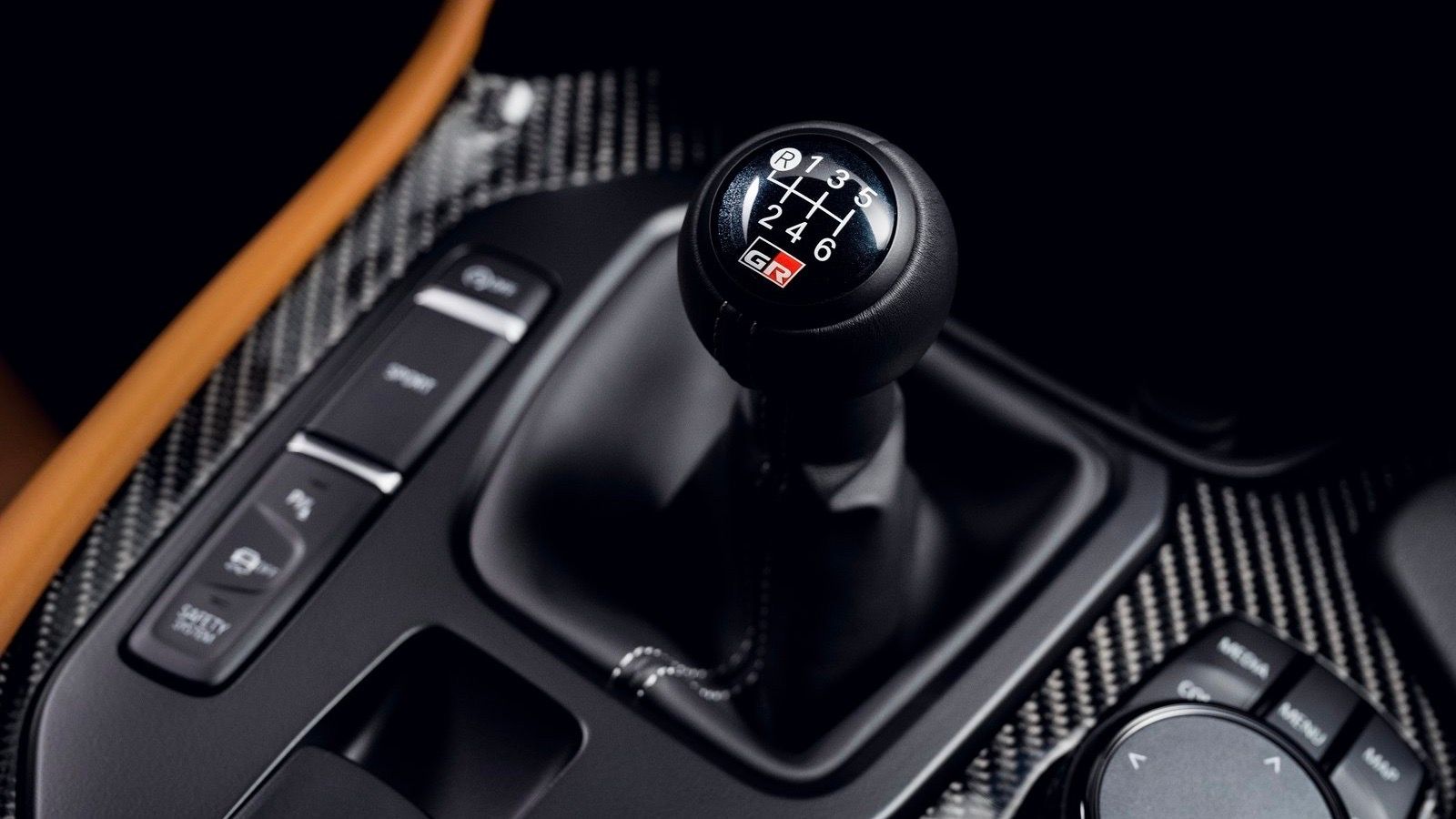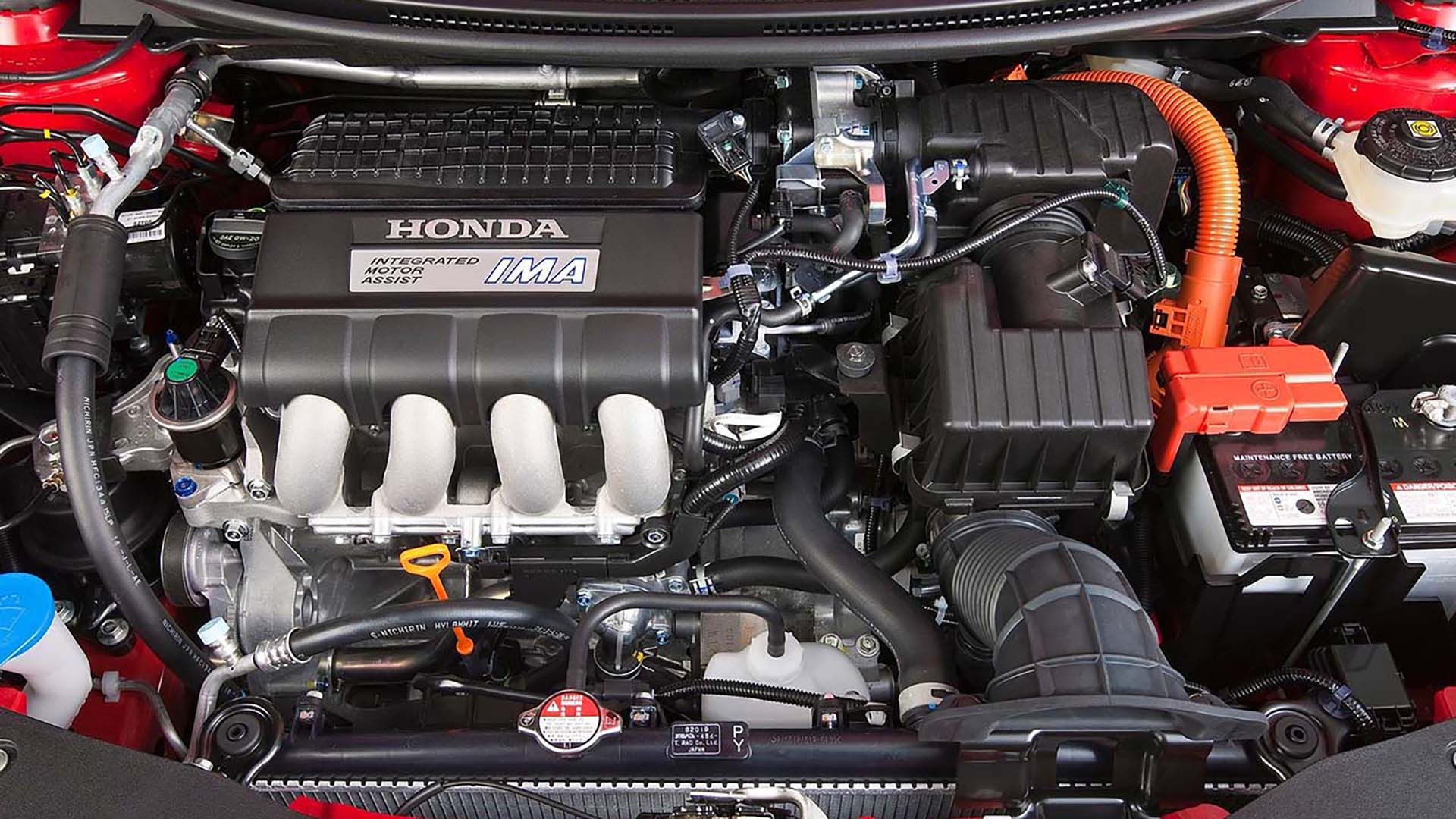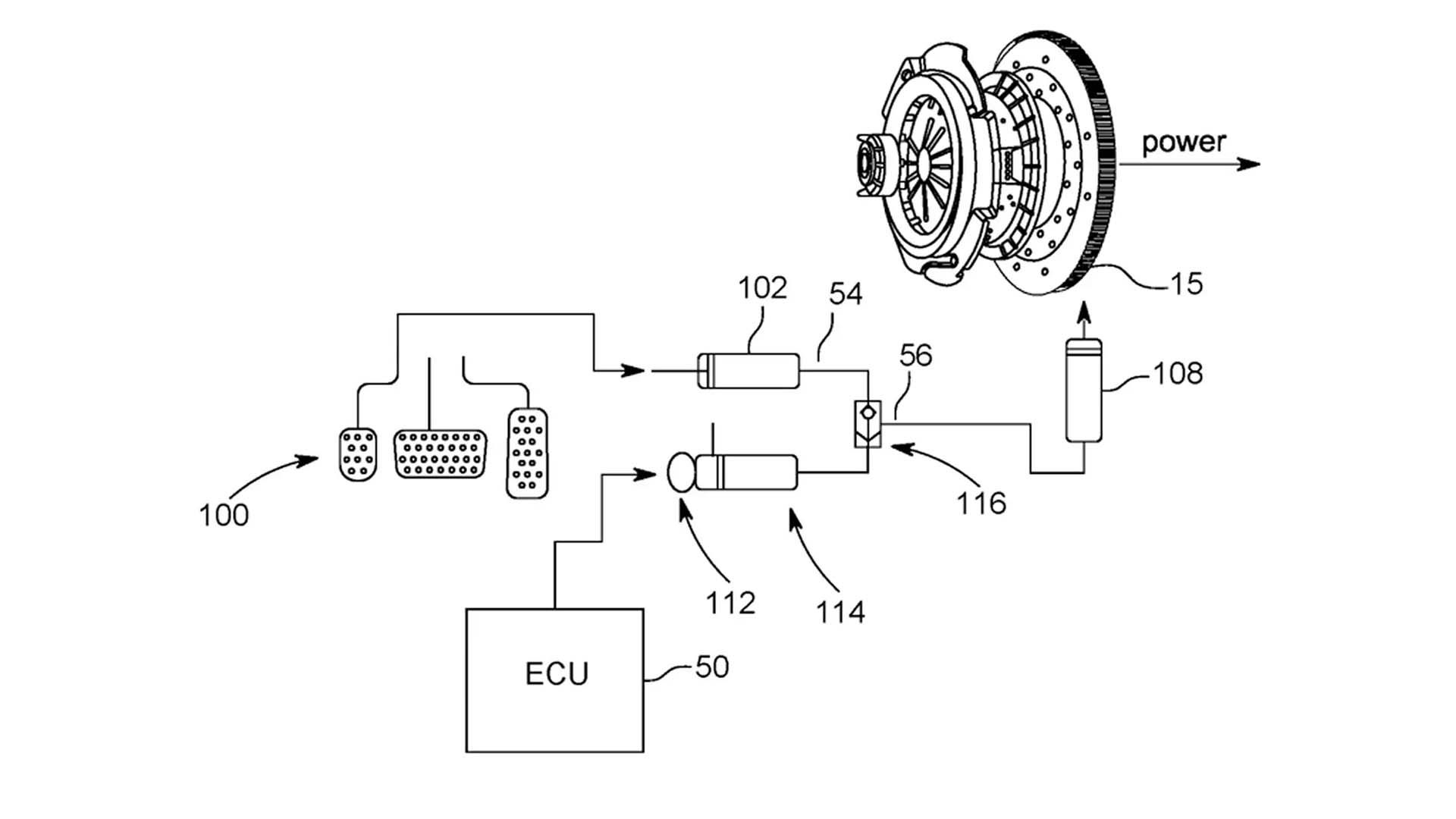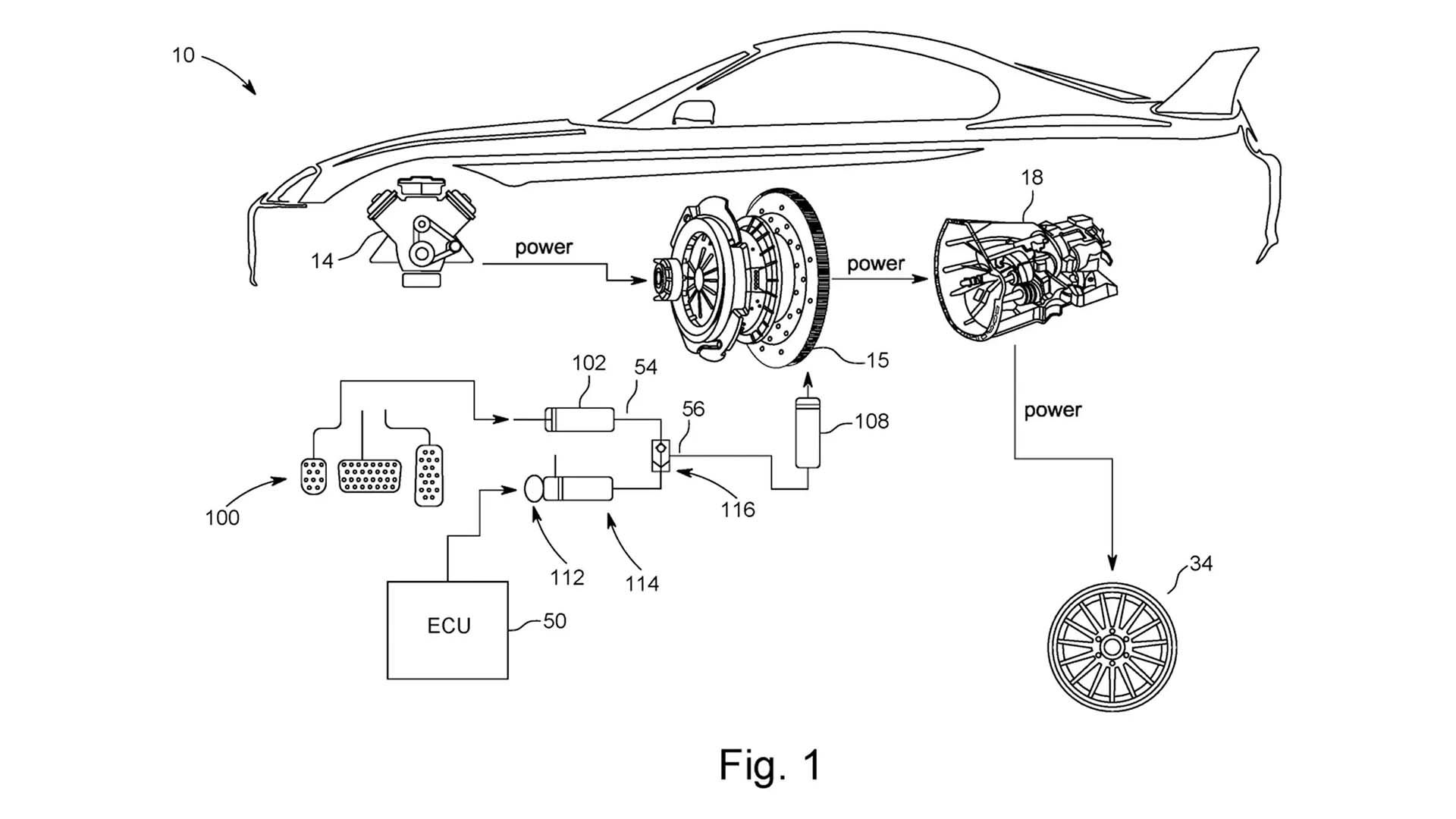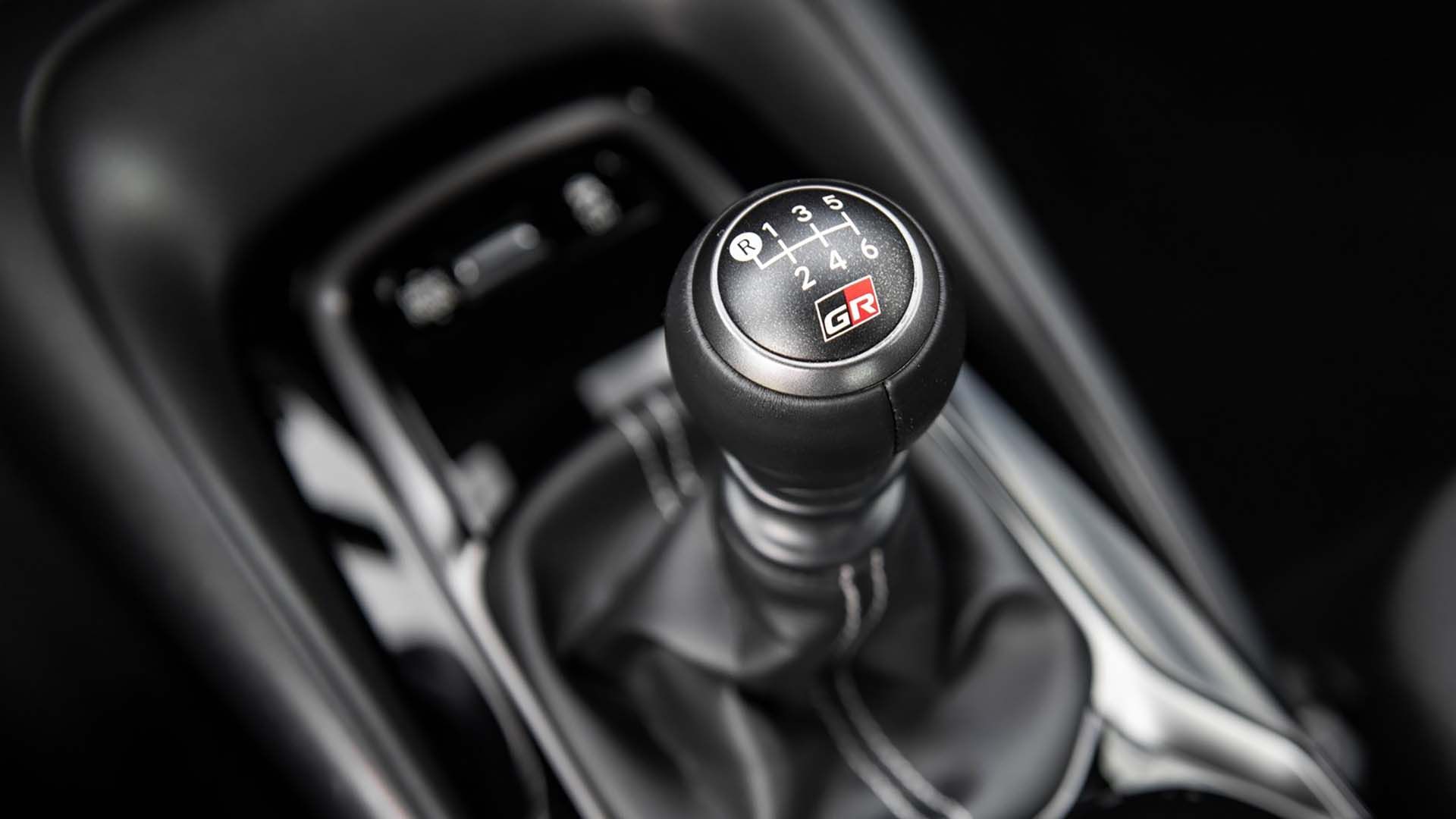Electrification has effectively put manual transmission in limbo. Most pure electric cars only need a single-speed transmission (though Porsche's Taycan has a two-speed gearbox), and even most electrified internal combustion engines (ICE) come with an automatic since it'll be incredibly complex if you blend the brains of a computer that decides whether to drive in gas or electric with the human interaction needed in actuating a clutch. More rudimentary mild hybrids with an integrated starter generator (ISG) do come with manuals, but most true hybrids often don't come with such a transmission - the last one being the CR-Z.
Toyota, however, isn't giving up on manuals yet. Even in the EV age, it is developing a manual that can mimic the feel of driving an ICE car, which may sound weird and too synthesized when put into practice. What's more realistic to achieve is a recently-uncovered patent filing by The Drive that reveals how Toyota will implement the pleasure of driving a manual with hybrid electric vehicles.
It's Not The First Application Of A Manual In A Hybrid
As mentioned, a manual hybrid already existed in the form of the Honda CR-Z or even the much older Honda Insight, so you're probably wondering how this is innovative in the first place. Well, to bring you up to speed, we have to first talk about the three types of hybrids: Series, Parallel, and Series-parallel. The first one is the Series Hybrid, which in this case is how Nissan's e-Power technology works. With e-Power, the ICE never powers the wheels. Instead, it simply acts as a generator to charge the battery that powers the electric motors. On the other hand, a Parallel Hybrid system uses both the ICE and the electric motors simultaneously to propel the car's wheels. Oftentimes, the electric motors in parallel hybrids are sandwiched between the ICE and the transmission - hence the parallel name due to its arrangement in a circuit. Think of Honda's older Integrated Motor Assist (IMA) drivetrain in the Civic Hybrid and CR-Z, which is why fitting a manual transmission in a parallel hybrid is easy and straightforward.
Lastly, the Series-parallel Hybrid (or the power-split hybrid) is what Toyota and Lexus are famous for, and is the most popular type of hybrid in terms of sales. As the name implies, the ICE in a series-parallel hybrid can both act as a generator to charge the battery or to directly power the wheels. This is why Toyota and Lexus hybrids are able to run in pure electric mode in certain situations - switching between gas and electric on their own. With this in mind, how do you integrate a manual transmission in a car that's meant to also be driven by just electric motors?
Incredibly Complex, But Easy In Operation
In order to achieve this, the incredibly-complex manual transmission comes with a shuttle valve with three clutch cylinders. One of those three cylinders is still the master cylinder that's directly linked to the actual clutch pack. Meanwhile, the remaining two cylinders are each connected to the actual clutch pedal (labeled as 102), and the other is linked to the ECU (labeled as 112 and 114). A valve (labeled as 116) then opens up depending on which of the two cylinders has more pressure so as not to confuse the system.
So, how does this incredibly complex system work? It's not as complex as the patent drawings may suggest. The way you drive the car is still (mostly) no different from a traditional manual, but the ECU is now able to depress the clutch on its own--disconnecting the transmission from the engine and letting the electric motors run during starting and stopping, as well as coasting. This is unlike Honda's IMA manual-equipped parallel hybrid system since the CR-Z isn't able to run in pure electric mode.
Is There A Learning Curve To Master?
At least on paper, not quite. That's because as mentioned, the valve opens depending on which of the two cylinders has more pressure, whether it's the ECU or how much force you apply to the clutch pedal. What this basically means is under normal circumstances, the clutch pedal is automatically depressed by the ECU when you start off or crawl to a stop, but if you don't like how the ECU is managing the car's drivetrain, you're able to fully depress the clutch and take the ECU out of the equation entirely. The patent even describes a drive mode wherein the ECU is completely deactivated, and you now operate the manual-equipped hybrid as you traditionally would. Just don't forget that at this drive mode, the engine can now actually stall, alright?
But Why Go Through All These In The First Place?
As the world heads toward an electric future, why does Toyota seem so heavily invested in creating a complex manual transmission for hybrid cars? Well, under Akio Toyoda's leadership, the Japanese automaker wants to continue to cater to driving enthusiasts. It's not an innovation that will change the world, but it's an innovation that will keep cars fun even in the age of electrification. Building a hybrid with a manual probably isn't a technology that the world needs, but it's a piece of complicated tech that will keep driving enthusiasts happy in a sea of cars that all cruise in silence and with barely any mechanical connection left. It's definitely going to be a game changer among enthusiast cars in the electrified vehicle space when the patent comes to life, but it probably won't revolutionize how the typical non-enthusiast driver will commute from A to B.

